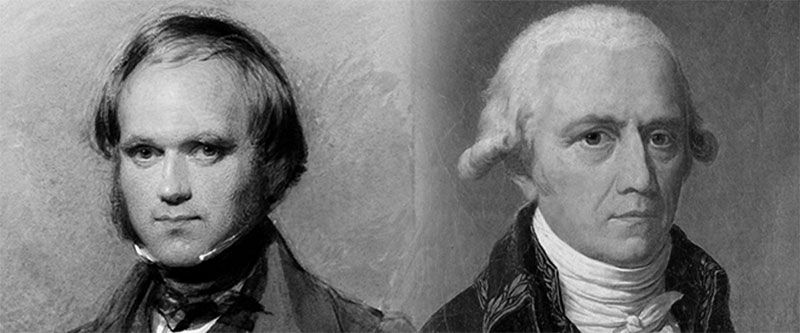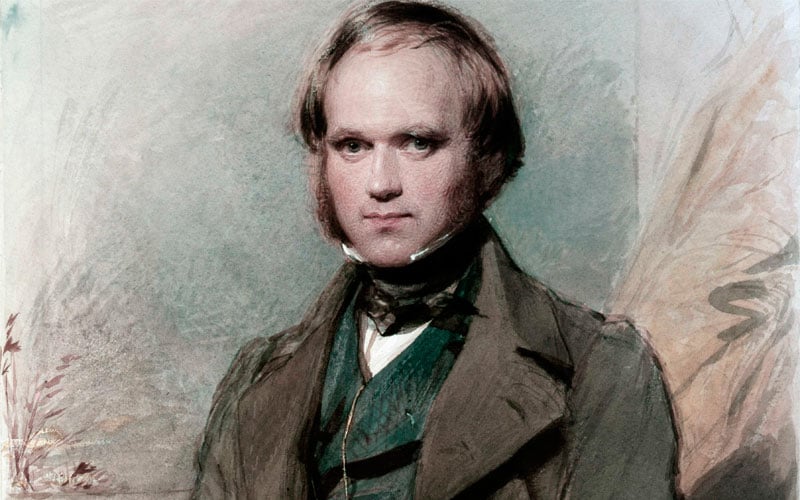Charles Darwin, the most famous of many visitors to the Galapagos Islands, is today remembered mainly for his Theory of Evolution. It’s important to remember, however, that Darwin was not the first one to suggest that animals changed over the course of generations to become more suited to their environment.
When Darwin visited the Galapagos Islands in 1835, the leading theory of evolution was that offered by Frenchman Jean-Baptiste Lamarck. His theory was called the Theory of Inheritance of Acquired Characteristics, and it had been around since 1801: eight years before Darwin was even born!

Lamarck’s Theory
Lamarck and Darwin agreed that animals change over time to adapt to their environment. For example, giraffe necks became longer over the course of thousands of years in order to allow them to eat leaves no other animal can reach. Lamarck believed that this was the result of changes which took place in individual animal lifetimes. Giraffes which stretched to reach food gave birth to offspring with longer necks

Darwin’s Theory
Darwin’s 1859 publication of On the Origin of Species shows a fundamental difference with Lamarck. For Darwin, evolutionary change was random and had nothing to do with behavior. Darwin would have argued that some giraffes had long necks and some had short ones. Over time, the long-necked ones ate better and therefore were more likely to pass their genes on to the next generation. The cause of the longer necks was random mutations, not repeated stretching by individual giraffes.

Darwin and Lamarck
Publicly, Darwin acknowledged Lamarck’s contributions to evolution, but privately he thought Lamarck’s theories were nonsense. Today, Darwin’s theories are accepted and Lamarck’s are not. Darwin’s theories conform to what is known about genetics and the logical problems of Lamarck’s theories are easy to see. If a right-handed man loses the hand and spends a lifetime using his left, will his children be left-handed? Not necessarily.
Darwin in Galapagos
Charles Darwin must have seen much in Galapagos that caused him to distrust Lamarck’s theory. If the various finches and mockingbirds of Galapagos have longer necks or shorter legs than one another, that might be accounted for by Lamarck’s theories. But the differences do not stop there: the different Galapagos species of these birds also have different beak shapes and sizes and their coloration is different. Lamarck’s theories cannot explain why one Galapagos finch is brown and another is black, because behavior cannot change the color of a bird!
Although his theory has been discredited, Lamarck is still an important historical scientific figure whose theories helped lay the groundwork for Darwin and other naturalists and scientists who came later. Maybe had Lamarck gone to Galapagos like Darwin did, it would be his name that is remembered!
For more information on Charles Darwin, see our links section.
- View the Galapagos Fast Facts

